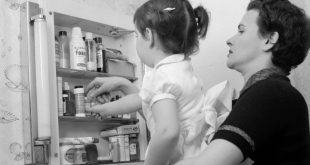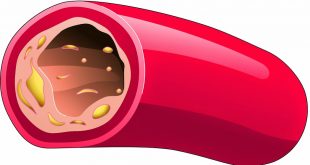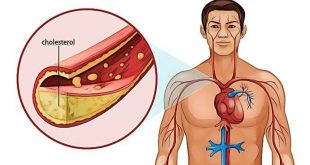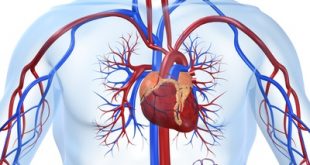Blood pressure refers to the pressure on the blood vessel wall exerted by the circulating blood as it is pumped out from the heart.
What Is High Blood Pressure (Hypertension)?
The blood pressure is high when it is higher than that is recorded in more than 95% of children who belongs to the same sex, age and height.
Important to note that technique of measurement is important as children will require a smaller blood pressure cuff compared to adult. Three separate readings of high blood pressure on different visits are needed to diagnose hypertension.
Another useful method is to have the child wear a portable monitor that allow recording throughout the day at a specified interval. This is called ambulatory blood pressure monitoring. This can help eliminate fear or anxiety when the child is in the clinic setup that may falsely increase the blood pressure.
Causes Of High Blood Pressure In Children
Commonly, hypertension in children is secondary to an underlying medical disorder. It can be a complication of other medical problem affecting the kidney, heart and blood vessels and hormone system in the body.
Hypertension is increasingly observed now in children without overt disease as childhood obesity is now on the rise.
How Often Should Blood Pressure Be Checked?
It is recommended that blood pressure be checked routinely during every clinic visit for children age three years of age and older.
Your child should wear a short-sleeved shirt or a shirt that can be easily slipped off the arm to facilitate blood pressure measurement.
Symptoms Of High Blood Pressure
Patients may present with symptoms related to the underlying cause of the hypertension. It is not unusual that children may not complain of any symptom despite their high blood pressure.
In rare occasion when the blood pressure becomes extremely high, children can present with seizure, sudden onset of breathlessness or even change in behavior / altered conscious level. This situation is termed Hypertensive Emergency and warrant emergency treatment.
What Follows Upon Diagnosis?
Once the diagnosis is made, your doctor will plan for several blood and urine testing as well as radiological imaging studies e.g ultrasound of the heart and or the kidneys. These tests help to identify the cause of the hypertension, to identify other associated medical problems and to look for any complication due to the high blood pressure.
Drugs will be prescribed if the blood pressure is confirmed to be persistently high despite all the lifestyle modification efforts.There are various groups of anti-hypertensive medications. You should discuss with your doctor and learn about the medication to be prescribed and their potential side effects.
Lifestyle modification is also important. This include weight reduction, exercise, dietary restriction of salt and fat and avoidance of smoking and alcohol (in teenagers).
Apart from seeing their doctor regularly in the clinic, it is best if they can have their blood pressure checked regularly in the clinic.
Prognosis
Prognosis depends upon the underlying medical condition that result in hypertension. They are more likely to become hypertensive adults. If poorly controlled, morbidity and mortality may occur early in life.
References
- Colin Tidy; Hypertension in childhood. www.Patient.co.uk
- Gregory B.Luma, Roseann T.Spiotta; Hypertension in children and adolescents. American Family Physician website 2006.
| Last Reviewed | : | 2 March 2016 |
| Writer | : | Dr. Lee Ming Lee |
| Translator | : | Dr. Lee Ming Lee |
| Accreditor | : | Dr. Ainol Shareha Binti Sahar |
 PENDIDIKAN PESAKIT Kementerian Kesihatan Malaysia
PENDIDIKAN PESAKIT Kementerian Kesihatan Malaysia



